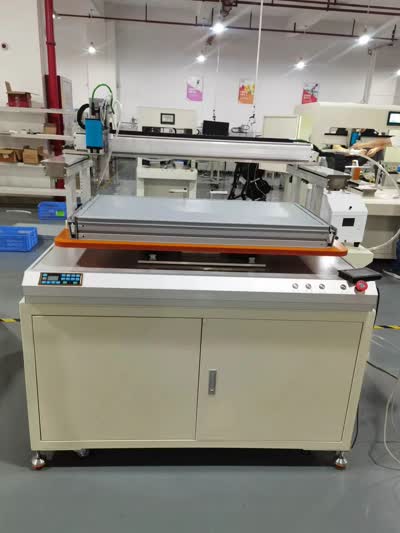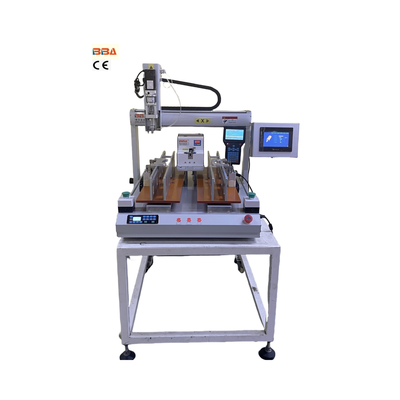Automatic Screw Locking System Software | Industrial Automation Control
| Product Name | Applicable industries |
| CNC Screw Fastener | Electric Bicycle Assembly |

Exploring the Software Behind Automatic Screw Locking Systems
In the realm of industrial automation, precision, reliability, and efficiency are paramount. While the mechanical components of an automatic screw locking system are often the most visible, the sophisticated software that controls them is the true brains behind the operation. This software transforms a simple fastening task into a highly repeatable, data-driven, and intelligent process, ensuring consistent quality and maximizing production throughput.
The Core Control Architecture
At the heart of every advanced automatic screw locking system lies a robust software architecture. This is typically built upon a real-time operating system (RTOS) to guarantee deterministic responses and meet the stringent timing requirements of high-speed production lines. The software integrates several critical modules:
- Motion Control: This module precisely governs the motors responsible for the XYZ movement of the screwdriver head. It calculates optimal paths to minimize cycle times and uses advanced algorithms to avoid collisions and ensure smooth, accurate positioning over the target.
- Fastening Process Management: This is the core logic that dictates the screw driving sequence. It controls the critical parameters: spindle speed, torque, angle, and depth. The software executes a pre-defined fastening profile, often following a multi-stage process (e.g., a high-speed run-in phase followed by a precise torque-controlled tightening phase).
- Vision System Integration (if applicable): For systems equipped with cameras, the software includes powerful image processing algorithms. These algorithms identify target holes, correct for any positional misalignment of the product, and guide the screwdriver to the exact location, compensating for variances in part placement.
Data-Driven Intelligence and Quality Assurance
Modern software elevates these systems from mere automators to intelligent quality guardians. Each screw-fastening cycle generates a wealth of data, primarily the torque-angle curve. The software analyzes this curve in real-time, comparing it against pre-set tolerance windows for key parameters like final torque, overall angle, and yield torque.
This real-time analysis allows the system to instantly detect and flag errors such as cross-threading, stripped screws, missing screws, or under-torque/over-torque conditions. By rejecting faulty products on the spot, the software prevents defective units from progressing down the line, saving significant costs in rework and potential field failures.
Furthermore, all process data is logged and can be traced back to individual products or batches. This creates an invaluable digital record for quality audits, root cause analysis, and process optimization, providing full traceability for manufacturers.
The Human-Machine Interface (HMI)
The power of the control software is made accessible through an intuitive Graphical User Interface (GUI). This HMI allows operators to easily set up new product recipes, adjust torque parameters, and monitor the production process in real-time. Clear visualizations of the torque-angle curve, along with green/red indicators for pass/fail status, make machine operation straightforward. The HMI also provides immediate alerts for errors like screw jams or feeder problems, guiding operators to quickly resolve issues and minimize downtime.
Adaptive and Future-Proof Systems
The most advanced software suites incorporate self-learning and adaptive capabilities. Using historical data and machine learning models, the system can fine-tune its own parameters to compensate for tool wear or subtle material variations, maintaining consistent quality over the long term. Connectivity is also a cornerstone of modern industrial software, supporting standard protocols like OPC UA and MQTT to seamlessly integrate these systems into broader Smart Factory and Industry 4.0 ecosystems. This enables centralized monitoring, predictive maintenance, and data exchange with Manufacturing Execution Systems (MES) and Enterprise Resource Planning (ERP) platforms.
In conclusion, the software behind automatic screw locking systems is a critical engineering marvel. It transcends simple command execution, embedding intelligence, precision, and connectivity into the manufacturing process. By ensuring every screw is perfectly fastened and every error is caught, this software is a fundamental enabler of higher quality, greater efficiency, and smarter production in today's automated industrial landscape.


